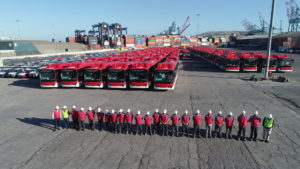Jyoti Jadhav joined 30 other young researchers from 12 countries as part of the Arctic Frontiers Emerging Leaders programme. She had been one of a series of participants competing for the position – sponsored by the Norwegian Embassy in New Delhi – at an event co-hosted by the Indian Ministry of Earth Sciences and the Norwegian Embassy at India’s National Centre for Polar and Ocean Research.
See: India-Norway cooperation from the Arctic to the monsoon
Jadhav is currently pursuing research at the Indian Institute of Tropical Meteorology (IITM), Pune, on “Sea-level rise and its driving mechanism in changing climate”. Her participation made her the first Indian to be part of the Emerging Leaders programme. She spoke to thethirdpole.net about her experience.
Omair Ahmad (OA): How was the experience as an Indian in the Arctic?
Jyoti Jadhav (JJ): It was quite intense. We had a weeklong programme, from 16-22 January, with a lot of travelling across Norway. I was the only person who had never been to the Arctic, even if my research was on the subject. It was fascinating to physically see the geographic and biological challenges thrown up by the changing climate.
OA: Was there something that stood out for you?
JJ: The three-hour fishing trip off the coast of Henningsvær, in the Loften archipelago. I caught a cod that weighed 10.7 kilos, the biggest in our group! Actually for me it was very interesting to learn about the fishing industry, the people involved, and the ecosystem changes that are happening. My work has largely been on ice, and so the people were new to me.

OA: How did it feel to be a participant from India?
JJ: I think some of the participants were surprised I was there, but even if I am not from the Arctic, I am affected by what is happening here. The contribution of land-ice melting to sea rise is more than 30%. Some of the participants were especially helpful and nice. A French participant explained to me Russia-Norway cooperation, a Canadian doing her PhD on decadal variation in sea-ice had very similar interests to mine, and one of the Norwegian ladies took great care of me.
The presence of the Sami – the indigenous people spread across various countries in the Arctic – was new to me. We had one Sami participant who expressed himself very strongly, confidently. It reminded me of India’s tribal communities, who are often most affected by climate change, but we do not hear their voices this strongly in India.
OA: As a woman researcher, what was your experience?
JJ: I was very happy to find that women were leading the discussion, and were ready to take up tasks, and not waiting to have them assigned. We have a lot of women in research in India, but here the ratio was 60:40 in favour of women, and they were involved in science, politics, and business. It made me realise that research is not the only thing, and women in science in India can contribute on more subjects.
OA: What are your future plans?
JJ: I will complete my research on sea rise, with the Indian Ocean as my focus, but this trip has made me realise a little more about plastic pollution, and made me want to know more about fishing communities in India. I think we can do more in this regard, such as paying attention to the material used in fishing nets and lines, which will benefit both the fishing community as well as limit plastic pollution in the oceans.
![<p>The group of emerging leaders at Tromso, Norway, with Jadhav 5th from right, first row [image by: Pål Brekke]</p>](https://dialogue.earth/content/uploads/2019/01/50408647_10156965855024715_8346070978907865088_o.jpg)

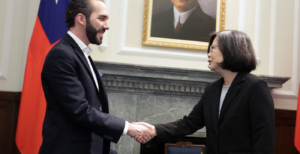
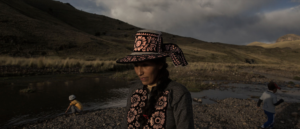
![Women in Kapri village Bajura, western Nepal, preparing millet for use after harvest [Image by Nabin Baral]](https://dialogue.earth/content/uploads/2019/01/photos-for-story-two-1-300x200.jpg)
![Gagas valley in Uttarakhand, irrigated by the Gagas river [image by: Hridayesh Joshi]](https://dialogue.earth/content/uploads/2019/02/Springs1-300x172.jpg)
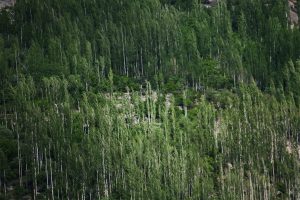
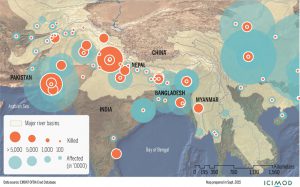
![Feiringbreen glacier in the Arctic, being studied by Indian scientists for clues to the South Asian monsoon [Image by: National Centre for Polar and Ocean Research, India]](https://dialogue.earth/content/uploads/2018/11/Arctic_Feiringbreeen_glacier-300x200.jpg)
